Conservation stewards: the story of ray conservationists at Lolonya, Ghana
Ray conservation in Ghana is gradually gaining ground and beginning to reach rural coastal communities whose livelihoods and welfare depend heavily on fisheries. As part of this growing movement, awareness creation and education have become powerful tools to positively influence the attitudes and behaviours of coastal inhabitants toward the conservation of these threatened marine species. One such initiative: a conservation education and school outreach program in Lolonya is creating a new wave of young marine conservationists.
Lolonya, a coastal community in the Ada-West District, is well-known for its rich ray and crustacean fisheries.

Tropical lobsters. Photo © Bernard Eshun
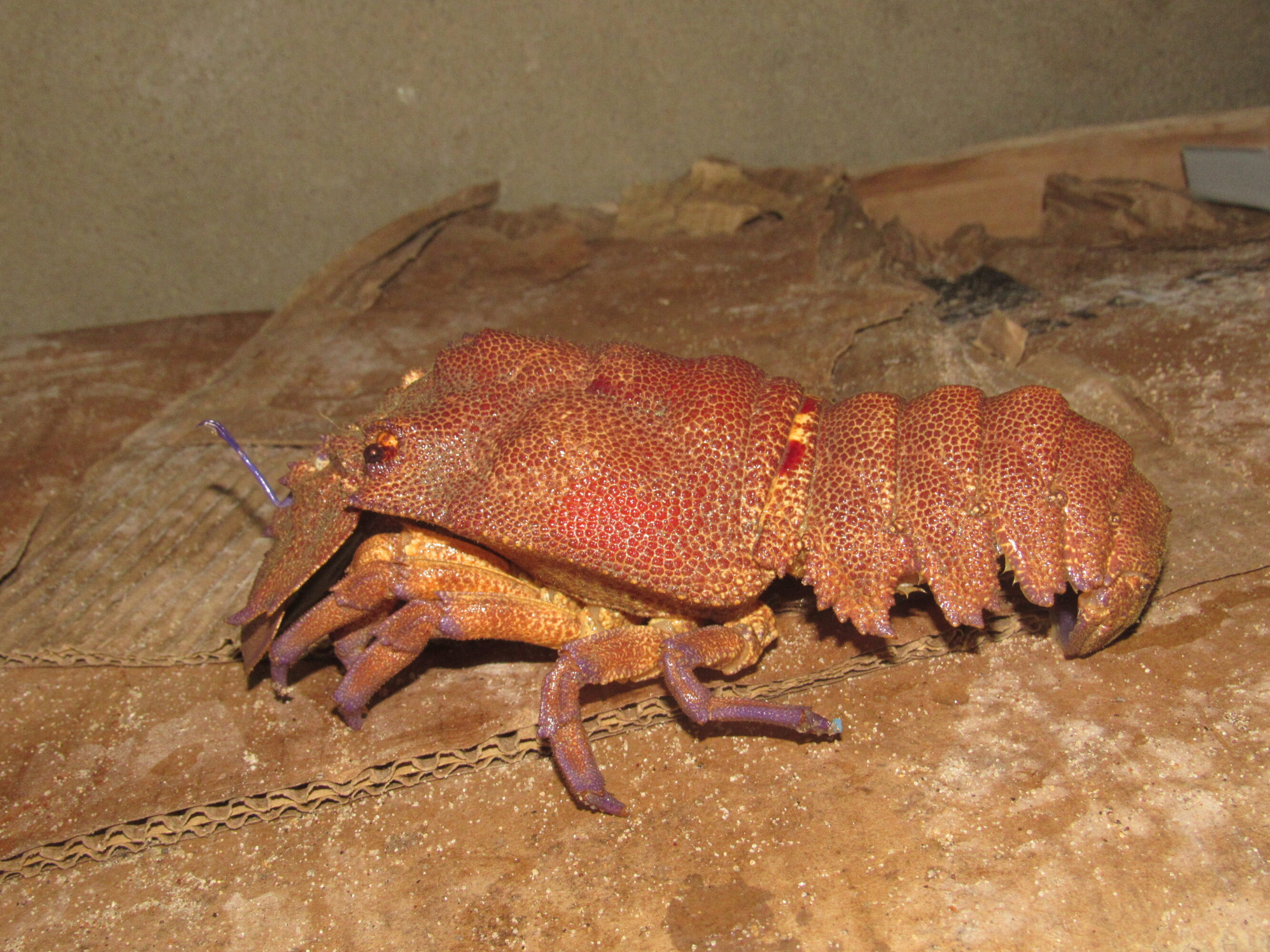
Slipper lobster. Photo © Bernard Eshun
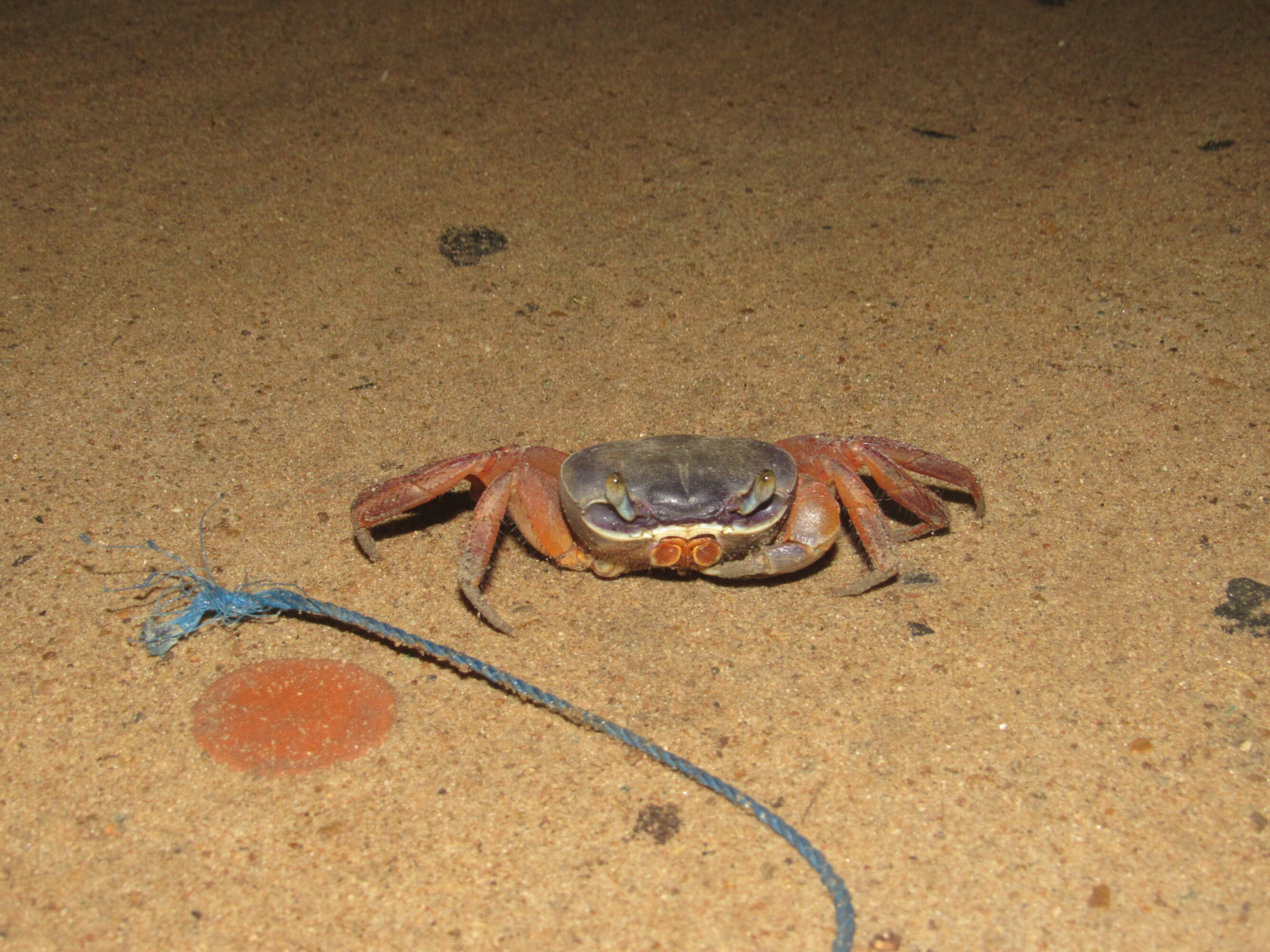
A tropical crab. Photo © Bernard Eshun
The community’s cultural, social, and economic life is deeply intertwined with these two vital resources. As one of Ghana’s major ray fishing hubs, Lolonya records a wide variety of ray species, including guitarfishes, panrays, stingrays, manta rays, and whip rays.
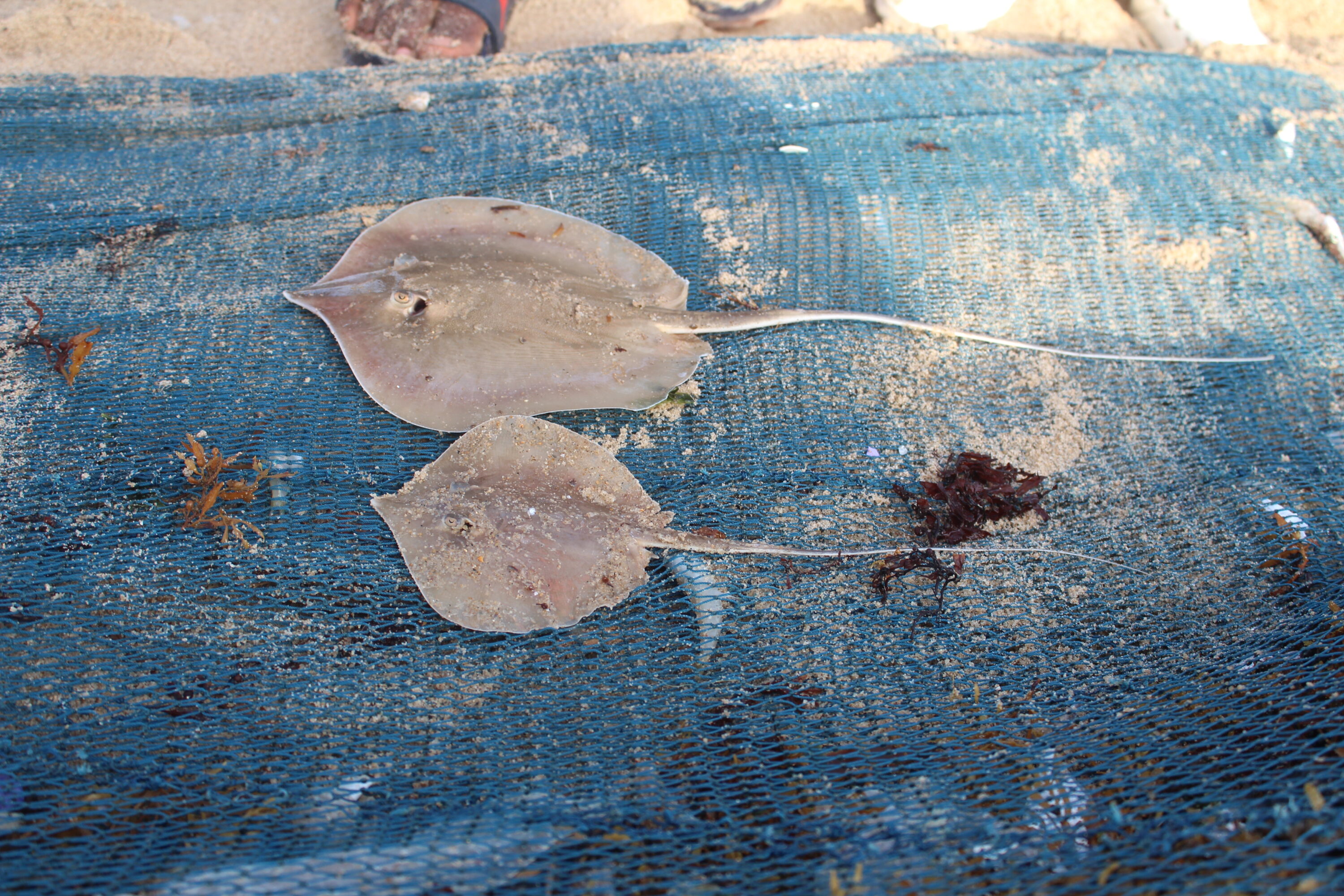
Two pearl whiprays captured for consumption. Photo © Bernard Eshun
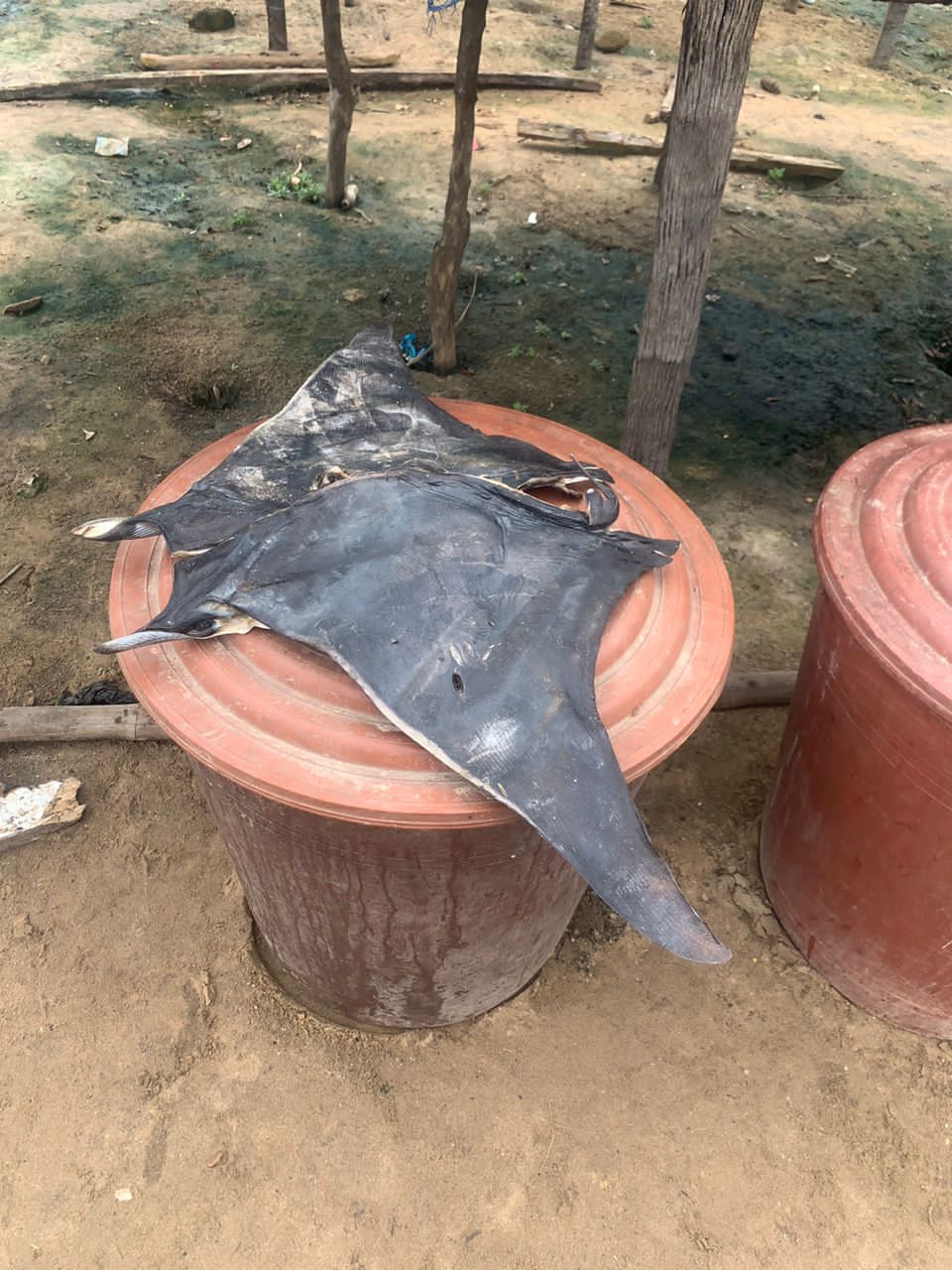
Giant devilray captured for sale. Photo © Samuel Lomotey
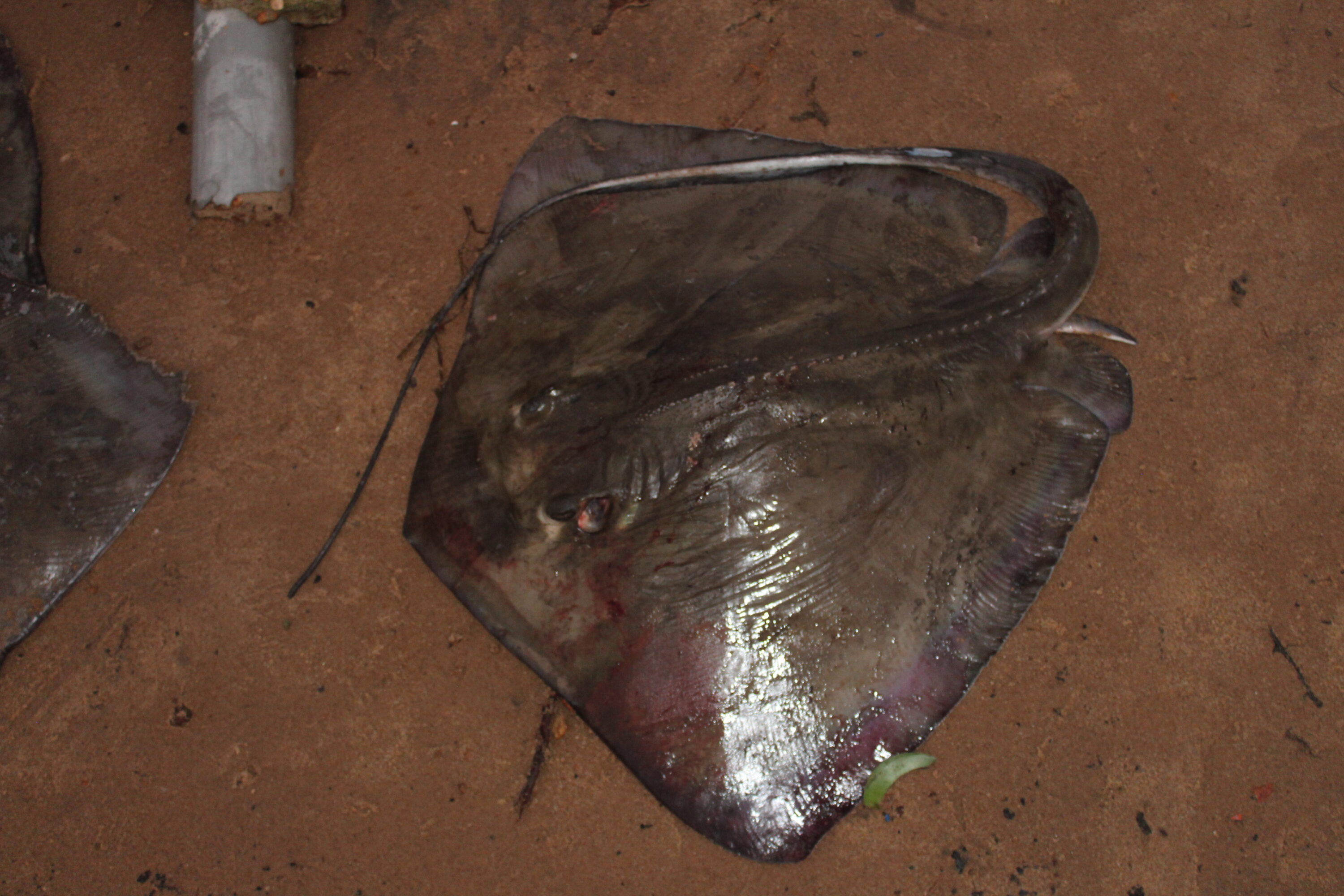
A pelagic stingray captured for sale. Photo © Albert Kwabena Aduah
The conservation education activities were met with enthusiasm and passion by local youth and students. Even though many had consumed ray meat all their lives, few had knowledge about their threatened statuses. Therefore, what they learnt about the threatened status, ecological importance, and biological uniqueness of rays was truly eye-opening. In the landscape, rays are locally classified into two broad groups“Yoyo”(guitarfishes and panrays) and “Maley” (stingrays, manta rays, and whip rays), which limits their knowledge about the wide range of ecologically vital species.
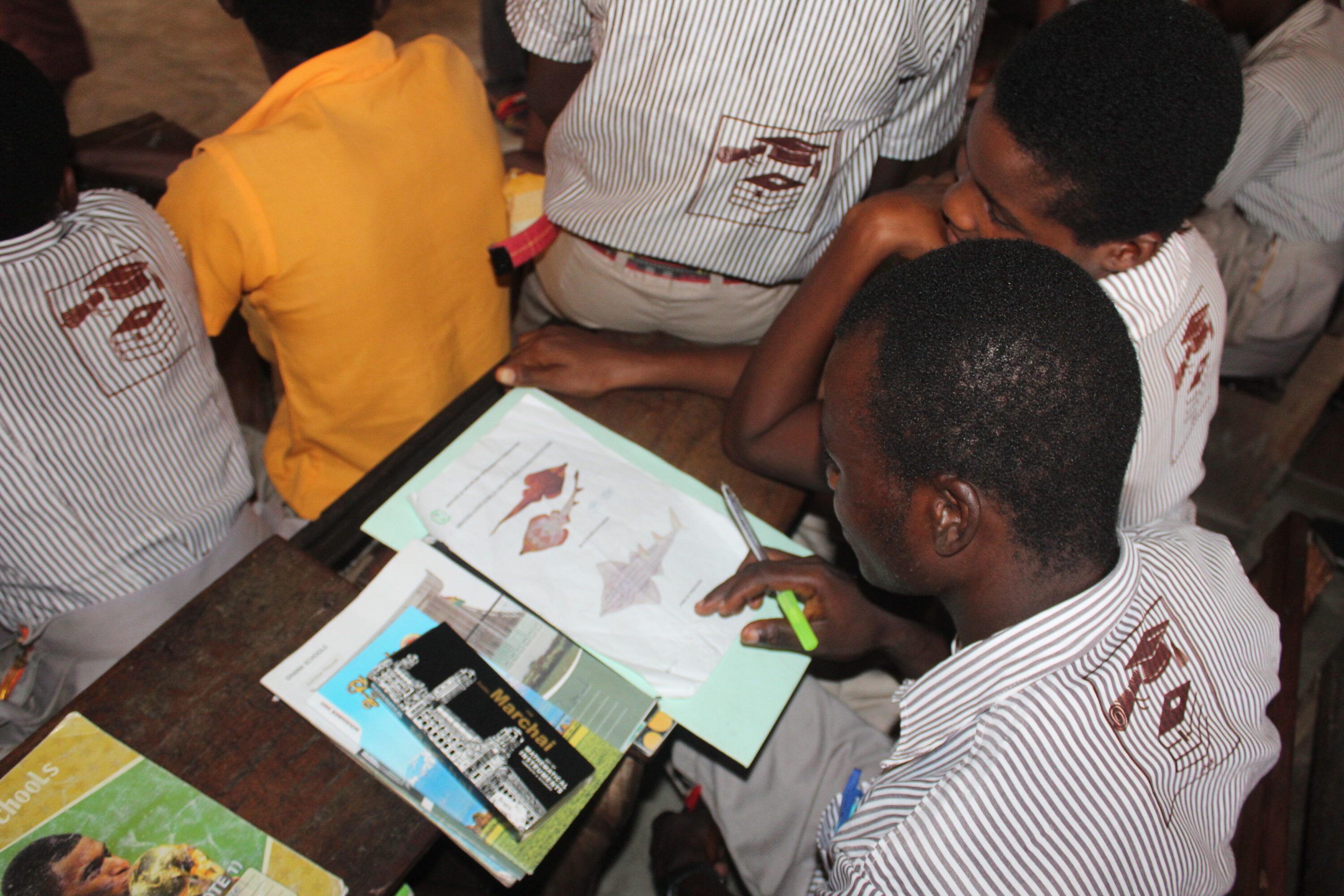
Identification of African Wedgefish and other rays at the Lolonya Junior High School. Photo © Albert Kwabena Aduah
Even more surprising to them was how little they knew about the life histories of rays, such as their feeding habits, reproduction, and migratory patterns. Despite possessing rich traditional knowledge of ray distribution, seasonal abundance, and local fishing hotspots, this scientific insight was largely missing. The new information ignited a genuine thirst for deeper understanding and engagement.
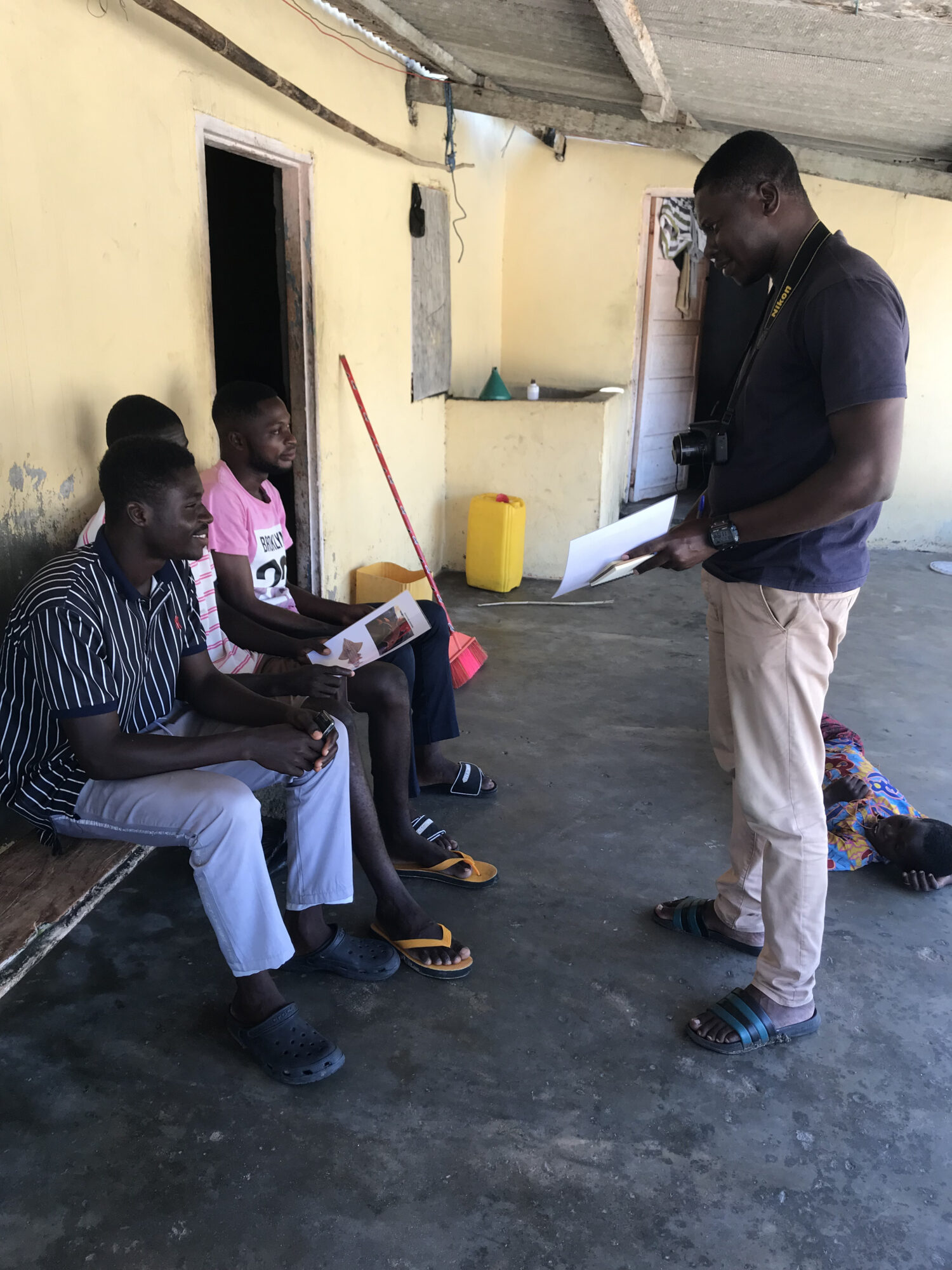
Community education with youth of Lolonya. Photo © Samuel Lomotey
Learning that rays give birth to only a few live pups (typically 1–7), unlike other fish species that lay thousands of eggs, deepened students’ and youth’s concern for their conservation. Though the educational sessions primarily aimed to build grassroots support for ray protection, they inspired something more : a strong desire to form a marine conservation club. The club seeks to champion endangered ray species and promote broader marine ecosystem management. These young conservationists now represent the future of ocean stewardship, offering hope for a sustainable fishing future that protects marine biodiversity and secures the long-term viability of their community’s fisheries.
